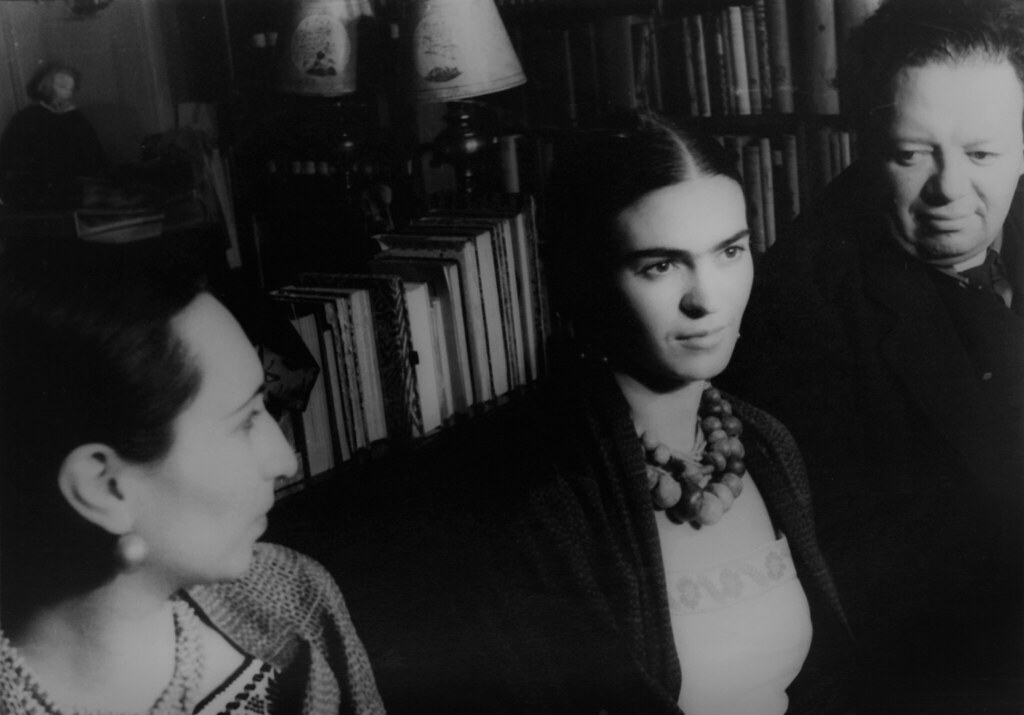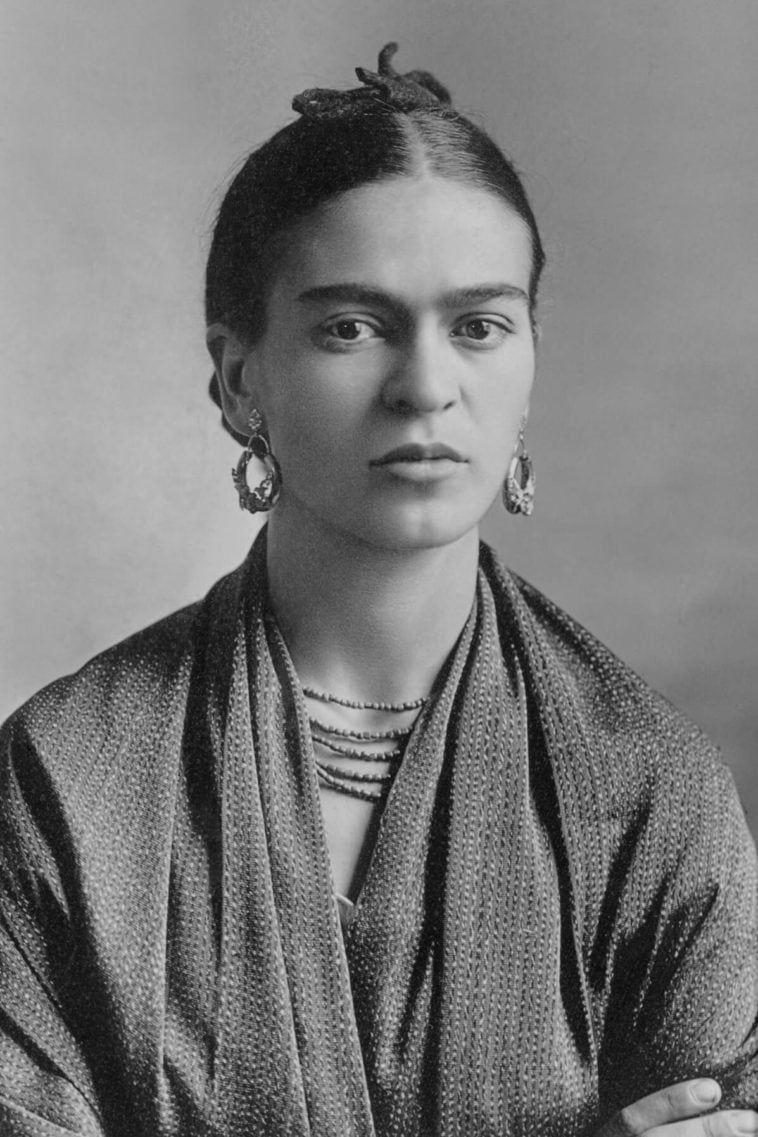Frida Kahlo, a name that resonates with strength and artistic brilliance, was born on July 6, 1907, in Coyoacán, Mexico. Her life, an intricate tapestry of personal triumphs and struggles, was deeply intertwined with the cultural and political upheavals of her time. Born as Magdalena Carmen Frieda Kahlo y Calderón, her journey began in what is now famously known as the Blue House, a place that would witness her rise as one of Mexico’s most celebrated artists.
Childhood and Heritage
Kahlo’s early years were marked by a unique blend of cultural influences. Her father, Guillermo Kahlo, was of German descent, while her mother, Matilde Calderón y Gonzalez, brought a rich Hispanic heritage. This blend of cultures played a pivotal role in shaping her artistic identity and worldview.
Overcoming Adversity
Frida’s life was not without its challenges. At the age of six, she was stricken with polio, which left her with a lifelong limp. However, this did not deter her indomitable spirit. It was during her recovery that she began exploring art as a form of expression and escape.
The Accident that Changed Everything
A pivotal moment in Kahlo’s life occurred in 1925. A tragic bus accident left her severely injured, confining her to bed for extended periods. It was during these times of solitude and pain that Frida’s artistic talents flourished. Her self-portraits, which constitute a significant portion of her work, are a testament to her resilience and ability to confront pain.
Artistic Journey and Style
Frida Kahlo’s art is a vivid chronicle of her life and experiences. Her style is often described as a fusion of realism, symbolism, and surrealism, though she rejected the latter label. Her works are characterized by bold colors, intricate details, and a deep sense of emotional intensity.

Self-Portraits: A Window to the Soul
Kahlo’s self-portraits are particularly renowned. They are not merely representations of her physical appearance but are deeply symbolic, often incorporating elements that reflect her physical and emotional pain, her political beliefs, and her complex identity.
Legacy and Influence
Kahlo’s impact extends far beyond the realm of art. She is celebrated as a feminist icon, a symbol of resilience, and a pioneer in bringing Mexican culture to the forefront of the global art scene.
The Blue House: A Symbol of Heritage
Today, the Blue House, officially known as the Frida Kahlo Museum, stands as a tribute to her life and work. It attracts thousands of visitors annually, eager to connect with the space that shaped such an extraordinary artist.
Conclusion: An Unforgettable Icon
Frida Kahlo remains an enduring figure in the world of art and culture. Her ability to transform personal adversity into powerful art continues to inspire and resonate with audiences worldwide. Her legacy is a vivid reminder of the power of resilience, creativity, and the enduring impact of cultural heritage.





